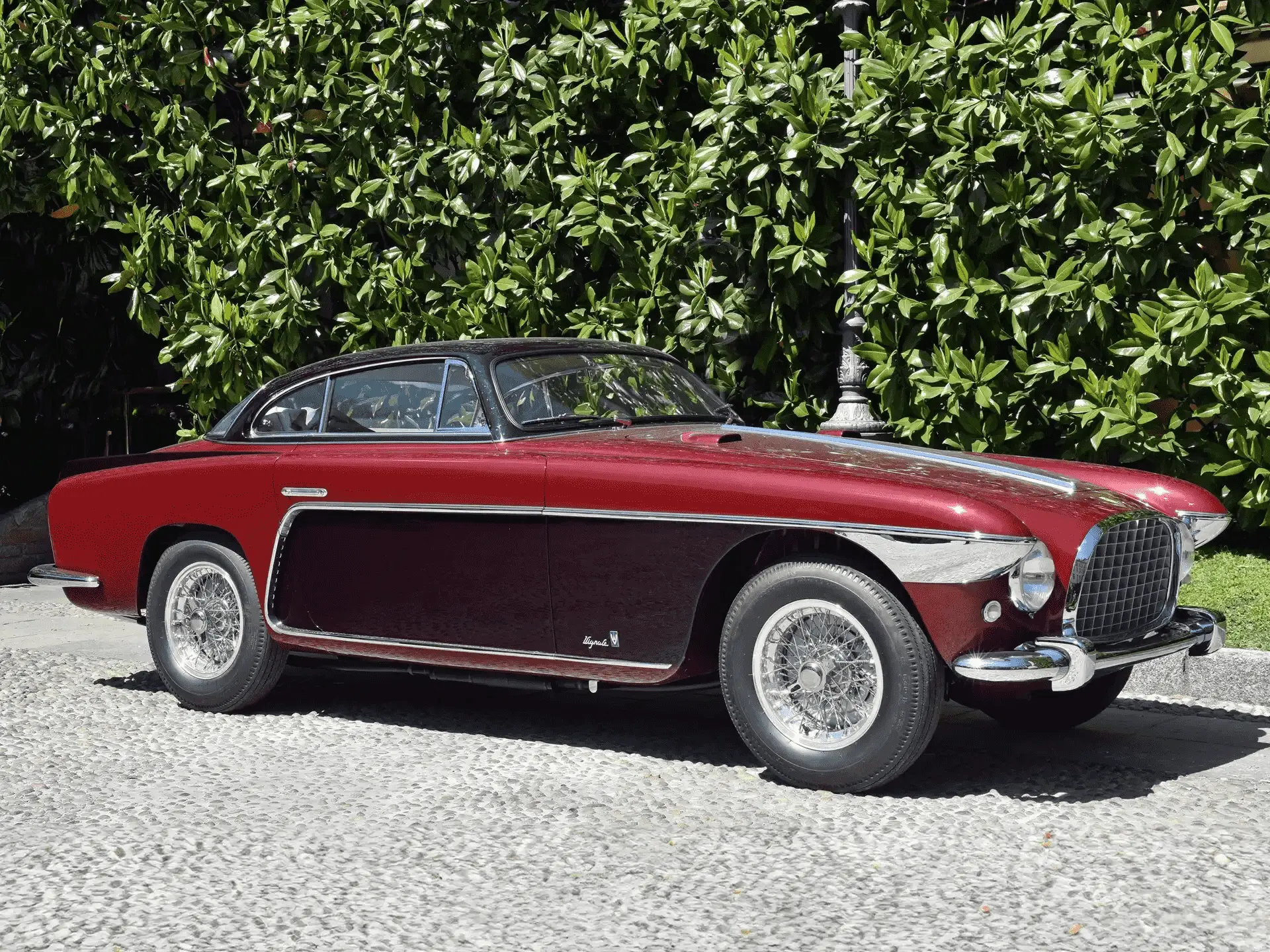The Giant and the Pygmy: RM and Hampson Amaze
17 May 2025 4 min read 12 images

Photo credit: Hampson, RM Sotheby’s
This time, all the taboos were broken. It seemed that towards the end of April, opposites attracted—on one side the giant RM organizing an (online) auction with a “popular” flavor, and on the other the small English house Hampson aiming high and offering an almost “luxury” auction (by its standards). And in between, here we are to tell you about these strange seven days.
Register to unlock this article
Signing up is free and gives you access to hundreds of articles and additional benefits. See what’s included in your free membership. See what's included in your free membership.
Already have an account? Log In


